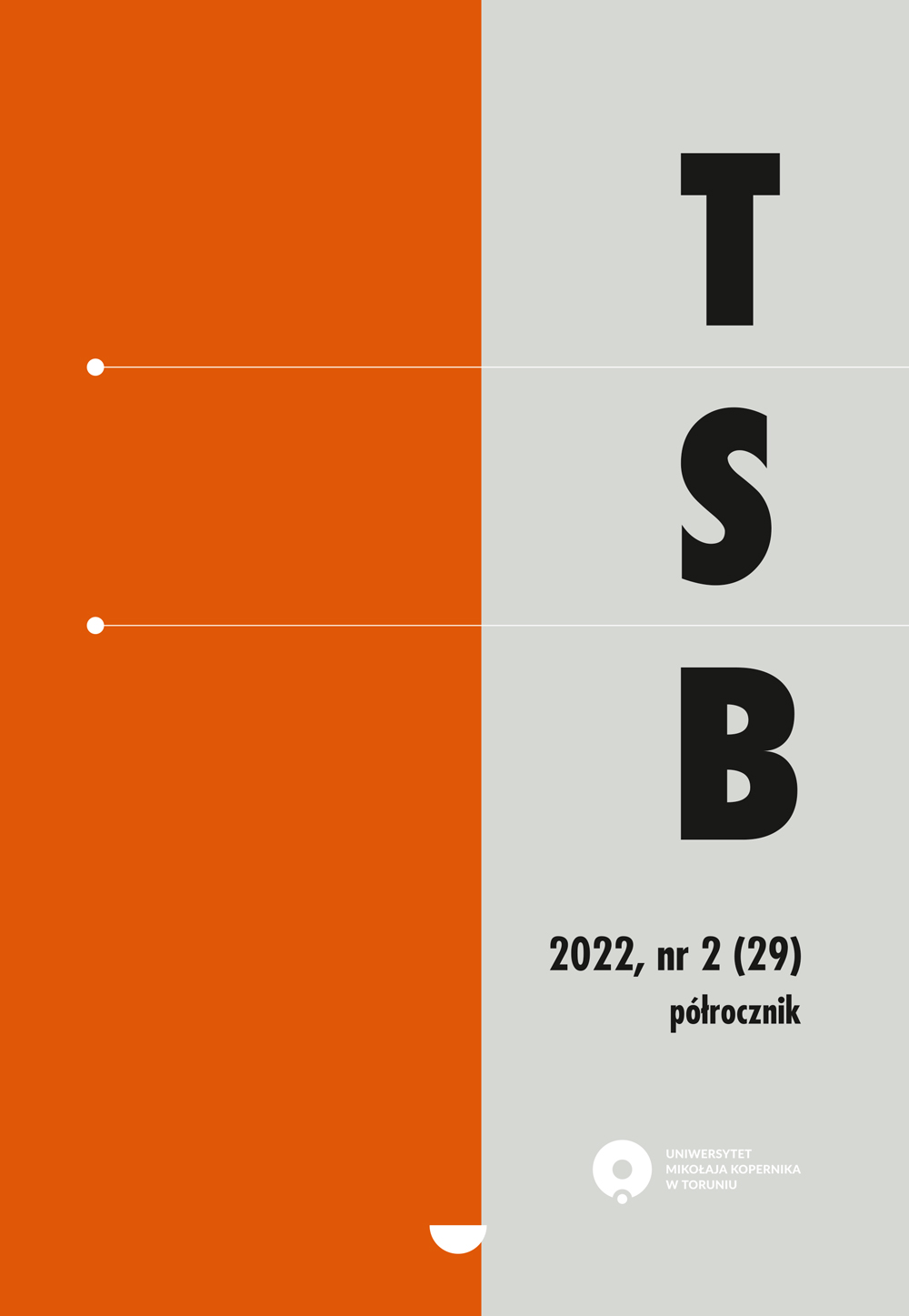Digital exclusion of people with colour blindness – accessibility analysis of pkp.pl and the results of survey research
DOI:
https://doi.org/10.12775/TSB.2022.007Keywords
colour blindness, digital exclusion, daltonism, WCAGAbstract
The paper discusses the subject of digital exclusion of people with colour blindness, both in theoretical and practical aspects. It pays particular attention to the problem of this group of people in reading and interpreting information. The authors prepared suggestions regarding good practices that may greatly help people with colour blindness to navigate the Internet. The pkp.pl website was audited based on these suggestions to demonstrate the most common problems and mistakes. The matter of accessibility to people with disabilities is also discussed. Additionally, the paper was expanded by a survey conducted on people with colour blindness. The questions referred to their experiences with the Internet and the barriers that they encountered there. The article presents the results and conclusions of the research that was conducted.
References
About Colour Blindness [online] [dostęp 12 listopada 2022]. Dostępny w World Wide Web: https://www.colourblindawareness.org/colour-blindness.
Babik Wiesław, Ekologia informacji, Kraków 2014.
Davson Hugh, human eye [online] [dostęp 21 listopada 2022]. Dostępny w World Wide Web: https://www.britannica.com/science/human-eye/Colour-vision#ref531610.
Eye Dropper [online] [dostęp 17 listopada 2022]. Dostępny w World Wide Web: https://chrome.google.com/webstore/detail/eye-dropper/hmdcmlfkchdmnmnmheododdhjedfccka?hl=pl.
Laskowski Maciej, Koncepcja zastosowania XML do przetwarzania danych zebranych przez system wykrywania zaburzeń widzenia barw, „Pomiary, Automatyka, Kontrola” 2012, vol. 58, nr 11, s. 947–949.
Laskowski Maciej, Szymczyk Tomasz, Interaktywna metoda wykrywania zaburzeń widzenia barw, „Prace Instytutu Elektrotechniki” 2011, z. 249, s. 129–142.
Malinowski Sebastian, Ku nowoczesności – CAWI jako metoda badawcza w naukach o obronności – wybrane zagadnienia, „Studia Bezpieczeństwa Narodowego” 2012, nr 3, s. 403–409.
Monaco Federico, Color Blind Accessibility Manifesto [online] [dostęp 12 listopada 2022]. Dostępny w World Wide Web: https://cacm.acm.org/magazines/2022/8/262908-color-blind-accessibility-manifesto/fulltext.
Osbourn Elaine, Accessibility Options on Slack [online] [dostęp 20 listopada 2022]. Dostępny w World Wide Web: https://tosbourn.com/accessibility-options-on-slack.
Osiński Grzegorz, Kognitywne aspekty komunikacji wizualnej, [w:] Współczesne oblicza komunikacji i informacji. Problemy, badania, hipotezy, red. E. Głowacka, M. Kowalska, P. Krysiński, Toruń 2014, s. 69–83.
Pearrow Mark, Web Site usability handbook, Rockland 2000.
r/colorblind: For people who see the world differently [online] [dostęp 17 listopada 2022]. Dostępny w World Wide Web: https://www.reddit.com/r/ColorBlind/#sort=top;t=month.
Rauch Kate, How Color Blindness Is Tested [online] [dostęp 12 listopada 2022]. Dostępny w World Wide Web: https://www.aao.org/eye-health/diseases/how-color-blindness-is-tested.
Sharpe Lindsay T. i in., Opsin genes, cone photopigments, color vision, and color blindness, [w:] Color vision: from genes to perception, red. K.R. Gegenfurtner, L.T. Sharpe, Cambridge 1999, s. 3–51.
Stankiewicz Alina, Zamojska Magdalena, Obraz rzeczywistości tworzony w mózgu, „Edukacja Biologiczna i Środowiskowa” 2019, nr 71, s. 6–14.
WCAG 2.1 w skrócie [online] [dostęp 17 listopada 2022]. Dostępny w World Wide Web: https://www.gov.pl/web/dostepnosc-cyfrowa/wcag-21-w-skrocie.
Downloads
Published
How to Cite
Issue
Section
License
Copyright (c) 2024 Alicja Jakubczyk, Małgorzata Dąbrowska, Julia Dzikoń

This work is licensed under a Creative Commons Attribution-NoDerivatives 4.0 International License.
Stats
Number of views and downloads: 111
Number of citations: 0



